Scheme to include a library housed inside a rotating geodesic dome and a 250m-long elevated walkway
Foster & Partners has submitted plans for a huge cancer research facility in Oxford bankrolled by American billionaire Lawrence J.Ellison, the world’s seventh richest person.
Proposals for a UK branch of the Ellison Institute for Transformative Medicine (EITM), lodged with the local council in December, consist of a complex of buildings spread across two sites and linked by a 250m-long elevated timber walkway.
Ellison, who founded EITM in 2009, has an estimated fortune of $91bn (£74bn). He is the co-founder of the US tech giant Oracle Corporation, the third largest software company in the world.
Los Angeles-based EITM describes itself as a multi-disciplinary institute which brings together experts in a wide range of disciplines including physics, maths and engineering to study cancer and develop new ways to prevent, detect and treat the disease.
The Oxford complex will be its first facility outside of Los Angeles and the first of a ”globally connected cancer research network”, according to planning documents.
It will include two main research and development buildings, a clinic, educational floorspace including a large auditorium and extensive gardens designed by Spanish landscape architect Fernando Caruncho.
Standout elements include a spherical library known as the “collaboration theatre” which will be topped by a double-layered timber geodesic dome that rotates over the course of the day to provide shading.
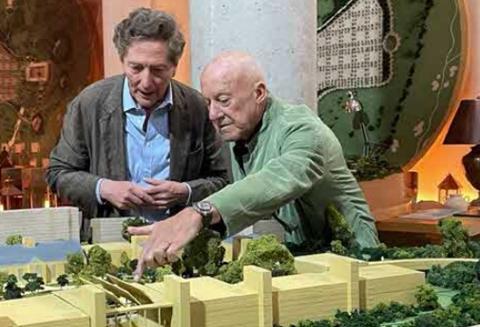
This will be connected to the rest of the site by the elevated passage, dubbed the “Woodland Walkway”, which passes through tree canopies and over a historic burial ground.
A second geodesic dome known as “the Nest” would be built halfway along the route, functioning as an informal meeting space.
The eastern side of the scheme, where the library is located, occupies plot 18 of the Oxford Science Park, where a £150m scheme by Scott Brownrigg is currently gearing up for construction.
The western half of the scheme is located on a mainly residential area around Littlemore House, a 1902 extension to the grade II-listed former Littlemore Hospital.
Littlemore House, which is described by Fosters as “plain to the point of austerity”, would be partially demolished and transformed into a restaurant and research space with a new ‘U’ shaped building erected to the south surrounding a courtyard garden.
The practice admitted this would impact the setting of Littlemore House, a non-designated heritage asset, but said the design of the new structure was of high quality and appropriate for the setting.
No impact is expected on Littlemore Hospital because of new housing which has been built between the two sites.
Highlights of the western side of the complex include a “recreation hall” inside Littlemore House which will see the building’s roof reconstructed with timber and bisected by a skylight.
A large atrium overlooking the landscaped gardens will lead into a sunken 250-seat auditorium topped with a “feature ceiling” built directly underneath an exterior water feature and punctured by a series of curved skylights inspired by rose petals.
Pictures in the planning application show Foster & Partners founder Norman Foster at a workshop in Madrid with garden designer Caruncho, whose works include the Spanish Embassy in Tokyo.
Pre-application discussions for the scheme started in March last year and continued over the summer, with a public consultation held in October.
Construction contractor Laing O’Rourke is on the project team on a pre-construction services agreement.
Other major life sciences schemes currently in the works include AHMM’s five-block scheme in Waterloo, which was given the green light in December, and KPF’s 23-storey Canary Wharf tower which went in for planning in the same month.









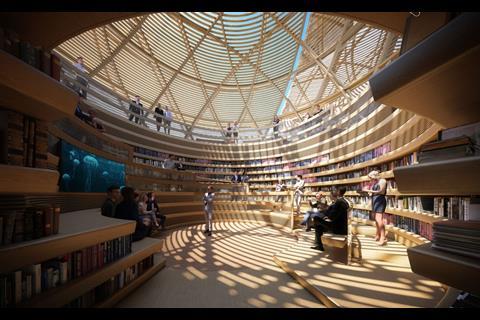
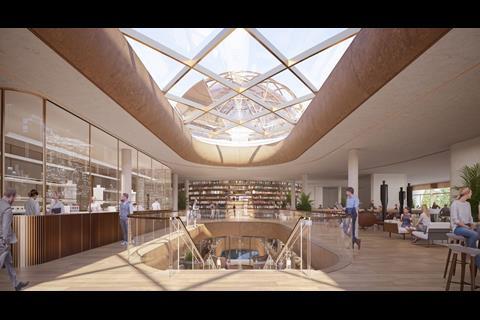
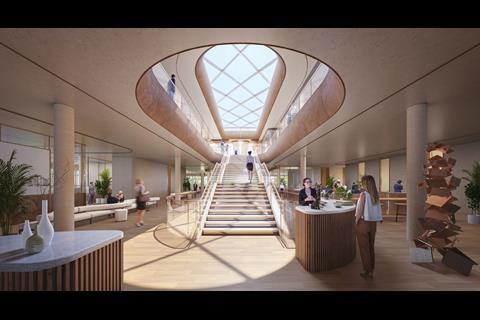
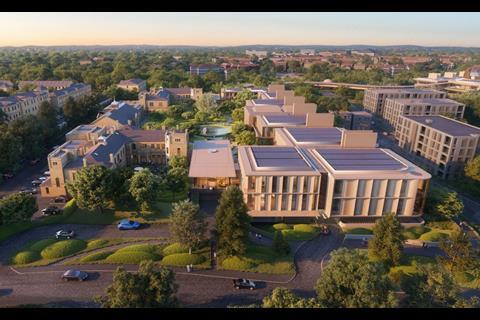
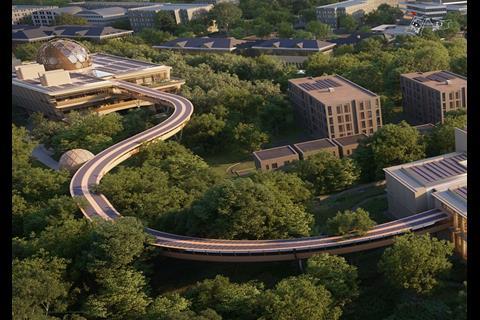
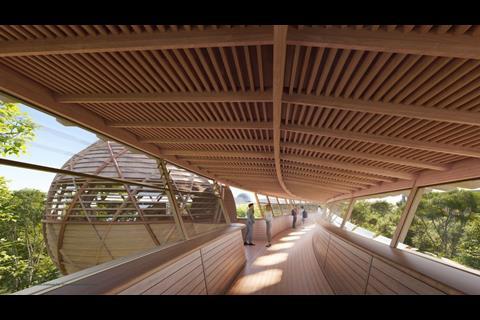

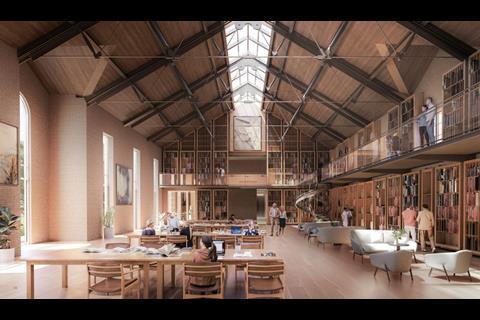
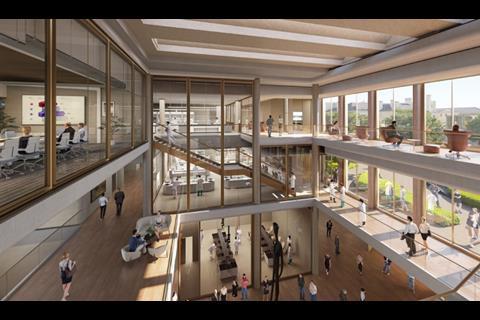
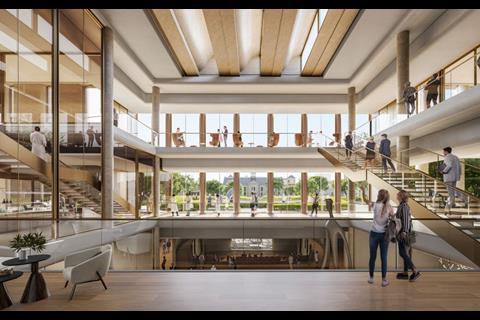
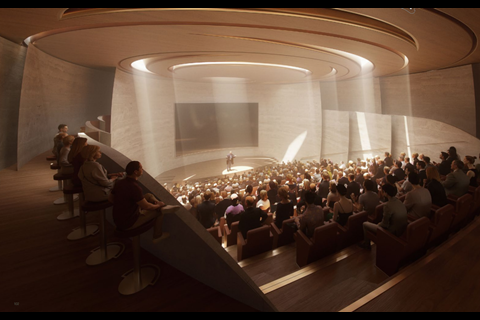
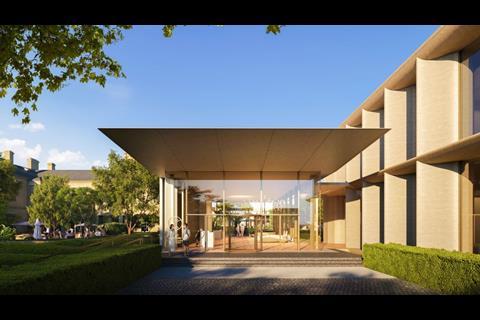
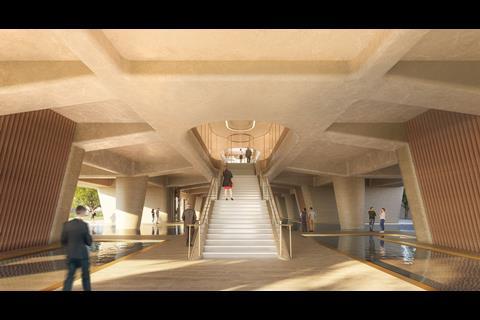


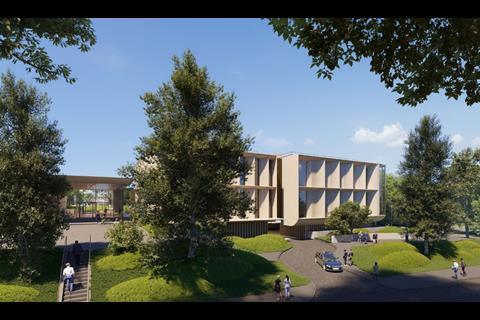
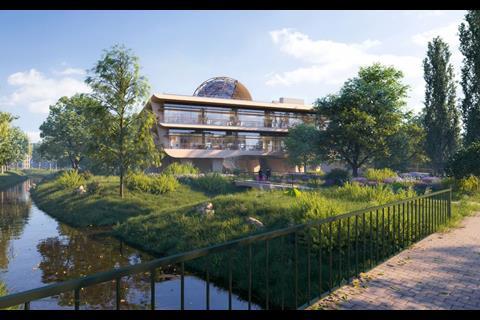
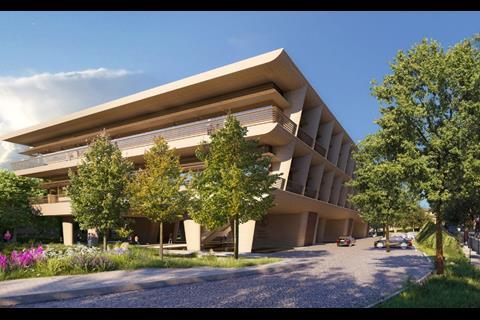
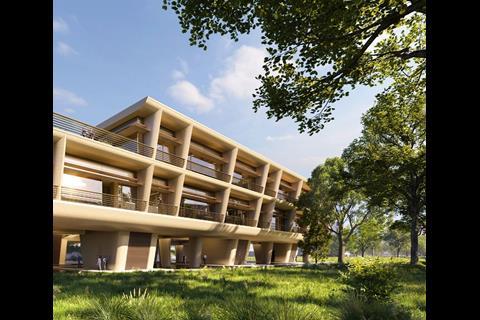
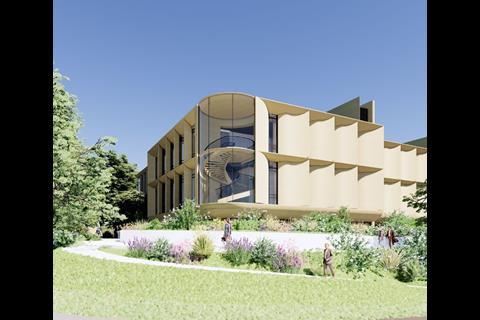
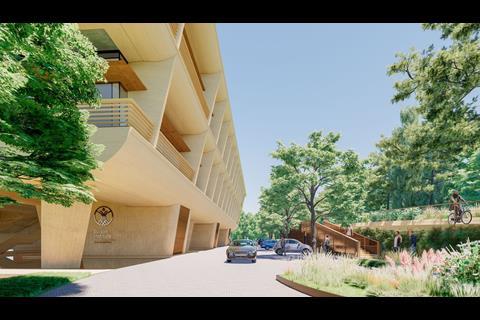
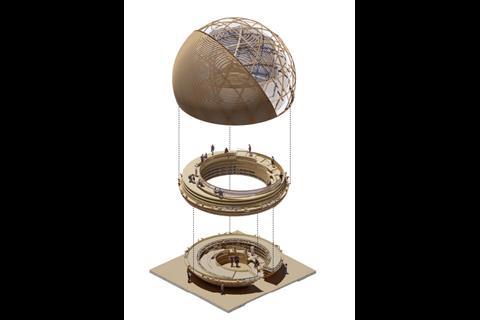
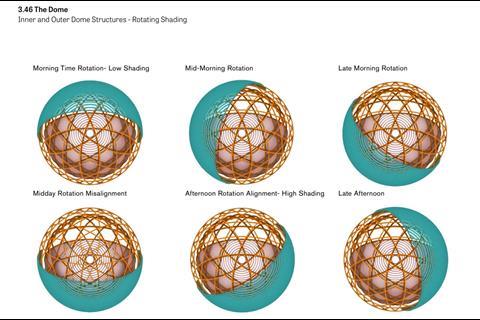
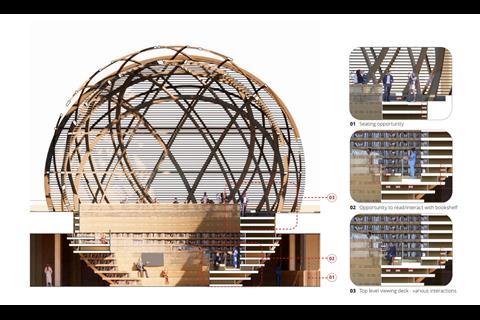







1 Readers' comment